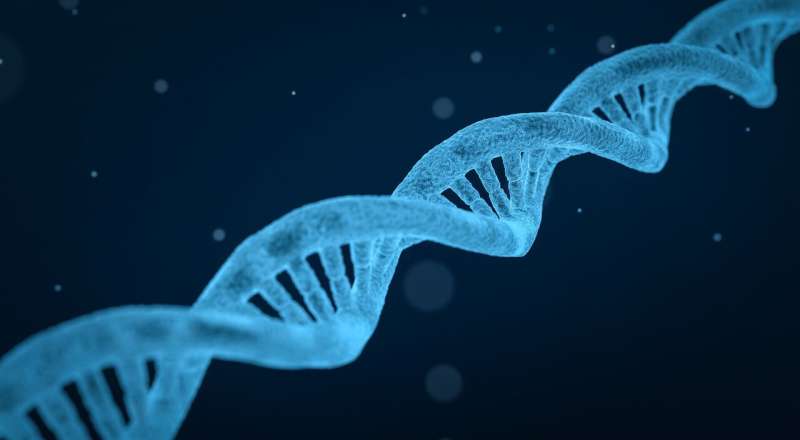This article has been reviewed according to Science X's editorial process and policies. Editors have highlighted the following attributes while ensuring the content's credibility:
fact-checked
peer-reviewed publication
trusted source
proofread
New study maps a group of rare genetic diseases for the first time

Behind the term ectodermal dysplasia lies a wide range of genetic disorders that can have a major impact on patients' lives and quality of life. Some cannot sweat, others are born with missing or cone-shaped teeth, while others have very little hair, skeletal deformities, or abnormal nails. A total of 49 diagnoses fall under the term, but until now, we have not had an overview of how many Danes actually suffer from an ectodermal dysplasia disorder.
A new study from Aarhus University has, for the first time, provided an overview of the prevalence of the condition in Denmark, and the study shows that there are fewer patients with ectodermal dysplasia than was previously thought to be the case.
In fact, the study shows that only 67% of Danes registered with an ectodermal dysplasia diagnosis actually have congenital ectodermal dysplasia. This is one of the reasons why it is important to study these rather rare diseases, says doctor and Ph.D. student Laura Krogh Herlin from the Department of Clinical Medicine at Aarhus University and Department of Dermatology, Aarhus University Hospital, who is one of the researchers behind the study:
"It's important that we don't just study the most common diseases, but also study and learn more about rare diseases. Overall, it is believed that as many as 36 million people in the EU are affected by a rare disease. Even though individuals with ectodermal dysplasia only make up a small part of that number, it's crucial for patients affected by a rare disorder that we gain new knowledge, so we can both diagnose and treat better in the future," she says.
Laura Krogh Herlin's study shows that approximately 1 in 7,000 Danes are born with ectodermal dysplasia, but the study has also mapped the key characteristics most often seen in connection with an ectodermal dysplasia diagnosis. This is important knowledge because the diagnoses often involve many disciplines and require collaboration across the health care system, she says.
"The study shows that 81% of patients have abnormal teeth, while 59% of patients have skin issues and 27% have nail issues. Approx. 1/3 of patients sweat less than normal, leading to a risk of overheating, e.g., if they have a fever."
"This means that a wide range first sees patients of medical specialists, ranging from dermatologists, pediatricians, dentists, and clinical geneticists, who need to be able to work together to help the patients. This is why it's crucial that we map the symptoms they should specifically look for in patients."
With the new study, researchers can now delve even deeper into the conditions and their prognosis, and Laura Krogh Herlin hopes that this will mean both faster diagnoses and better treatment in the future for patients born with ectodermal dysplasia.
"Patients with rare diagnoses often feel left behind due to their disease, and it can take longer to get the correct diagnosis and treatment. Hopefully, population-based knowledge about ectodermal dysplasias will help to ensure that this patient group can also receive fast and good treatment in their encounter with the health care system," she says.
The study is published in the journal JAMA Dermatology.
More information: Laura Krogh Herlin et al, Prevalence and Patient Characteristics of Ectodermal Dysplasias in Denmark, JAMA Dermatology (2024). DOI: 10.1001/jamadermatol.2024.0036


















